This exhibit was born from my journalistic view of South African mining and studied through the literal lens of my camera. The evolution of my reporting led me to attempt a more nuanced view of the interconnected activities and consequences of minerals extraction, the primary intention of this experiment.
I question: What are the common experiences placed upon South Africa and its inhabitants by resource extraction? This question leads to other threads: the direct impacts of mining on local communities and environments, the responsibility of companies and government, the impact of race on power within the mining industry, the influence of international markets on far-removed communities and the part played by the rest of the country.
Many of these relationships become so powerful because of their juxtaposition. Instead of forcing these juxtapositions in individual frames, though, I am highlighting relationships through the physical (well, electronic at least) space of the exhibit. Note the individual clusters of (low resolution) frames to come. Each will come with a main photograph and with the surrounding shots (in different physical and theoretical manners) relating back to it.
As South Africa aspires to join the First World, the nation struggles with a history that includes colonialism, migrant labor and apartheid. This Rainbow Nation -- with its heartbeat in a city named for one of the very resources that built it -- cannot simply untangle itself from this complicated past and the industry that reinforced its prejudices. Instead, I hope this exhibit might add one more data point to the discussion surrounding remediation of the mining industry's fallout...
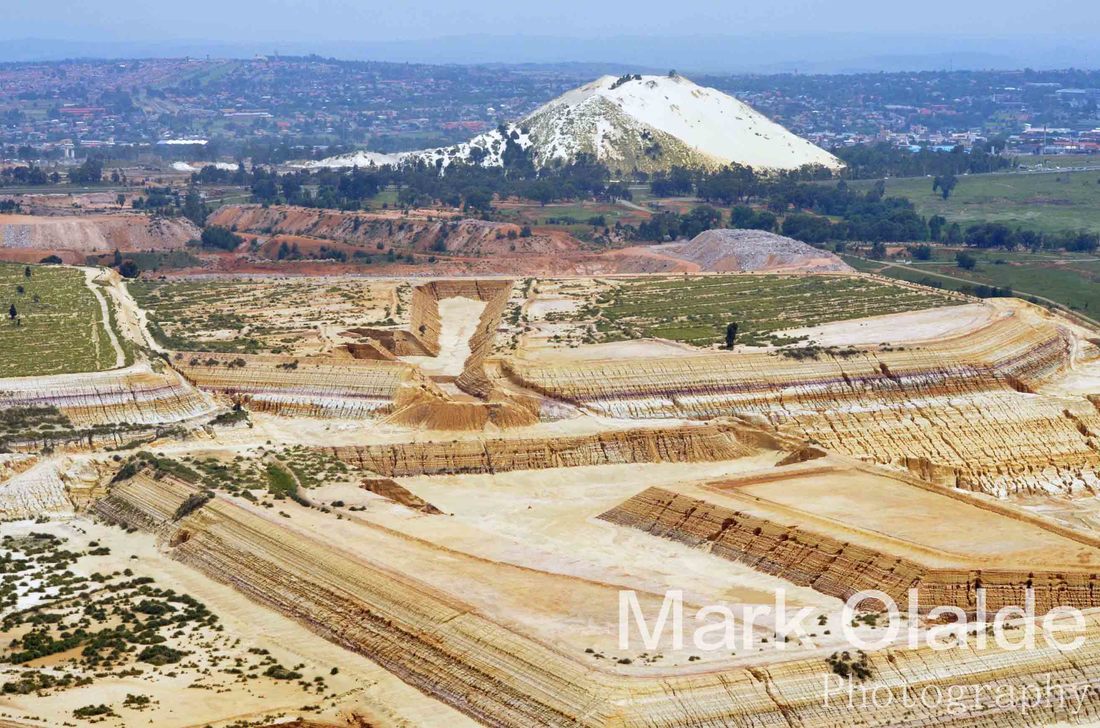
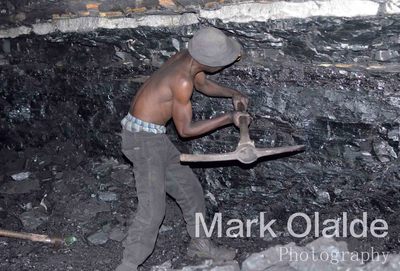
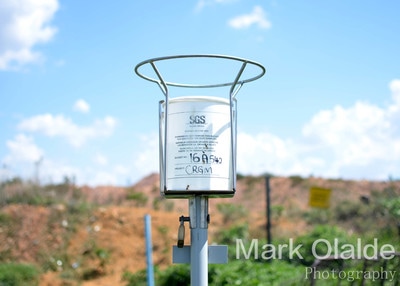
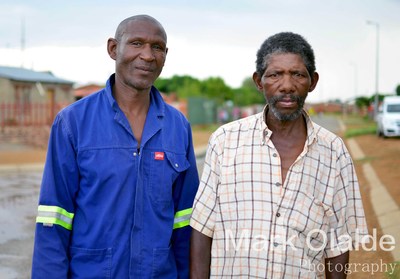
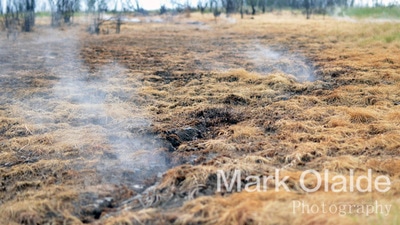
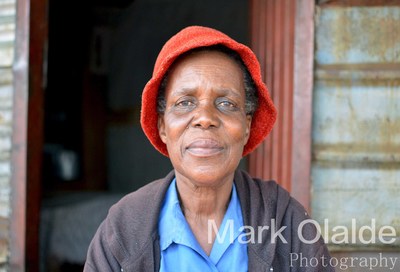
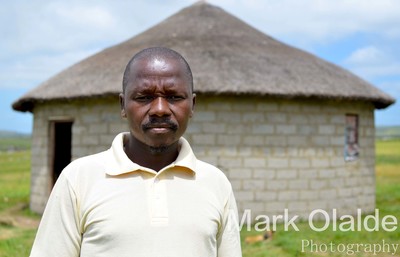
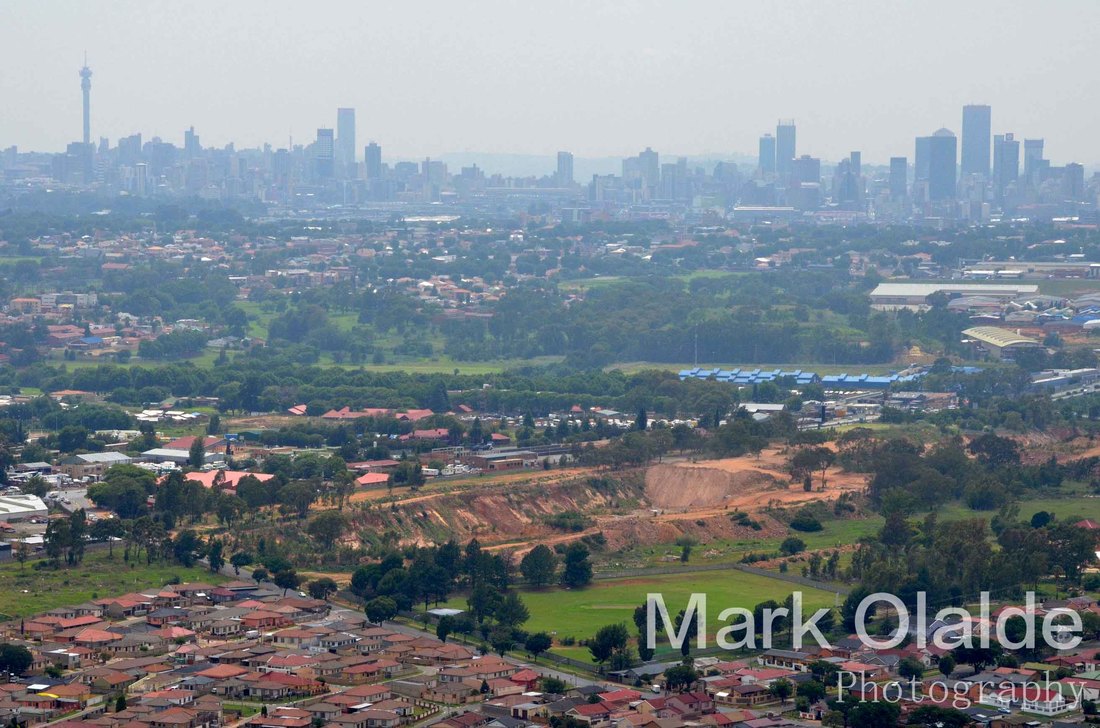
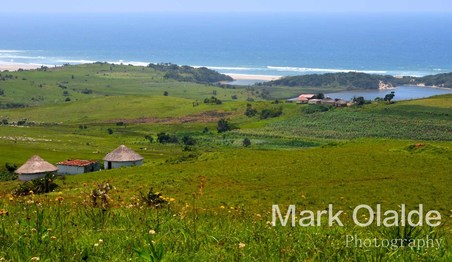
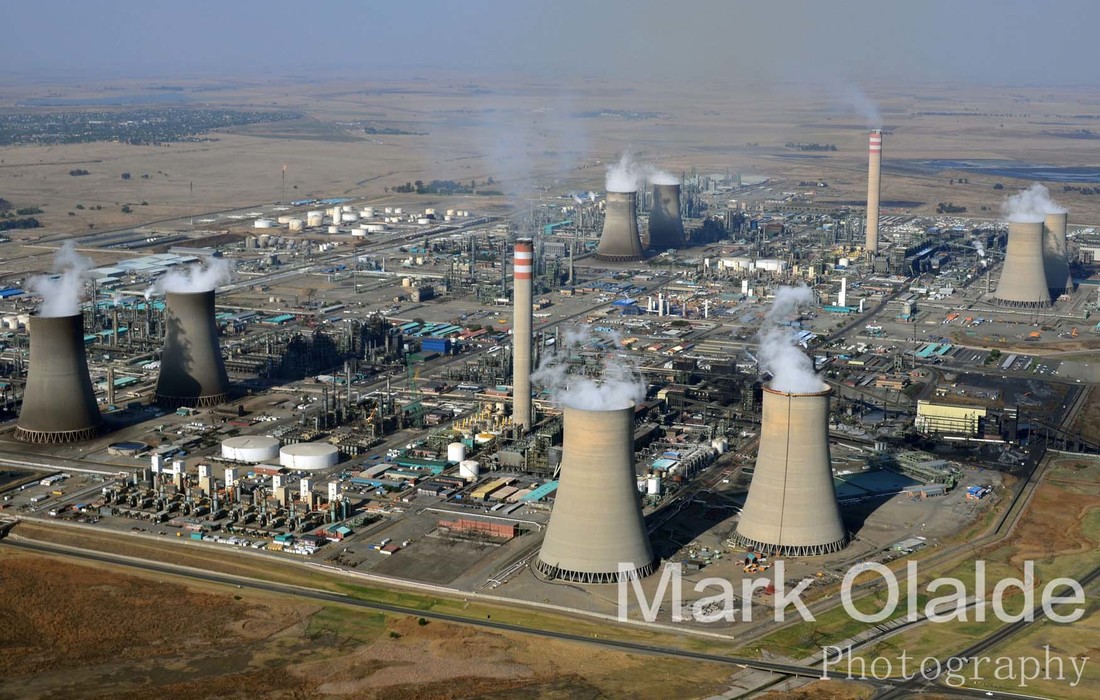
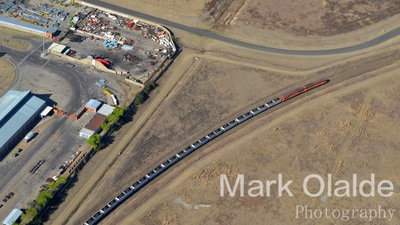
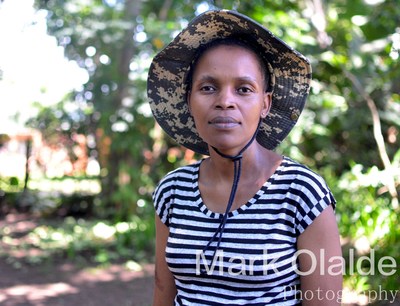
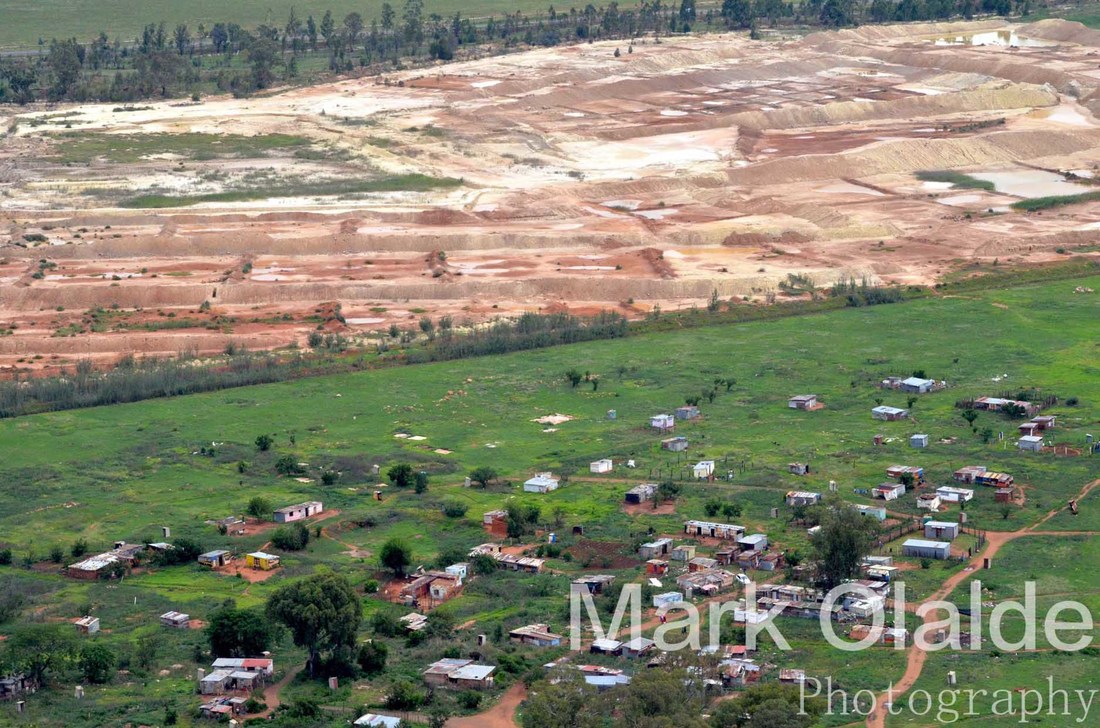
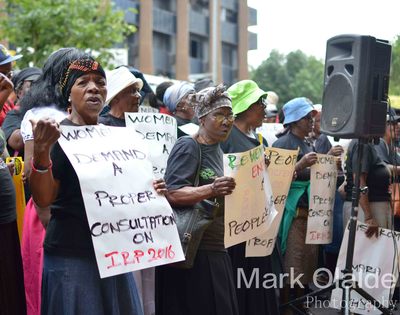
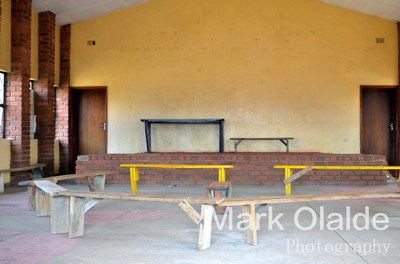
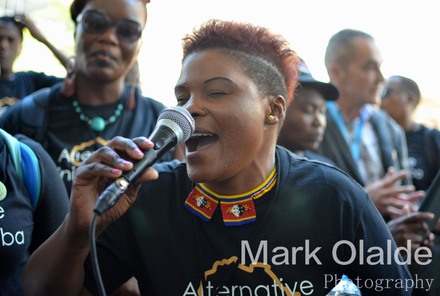
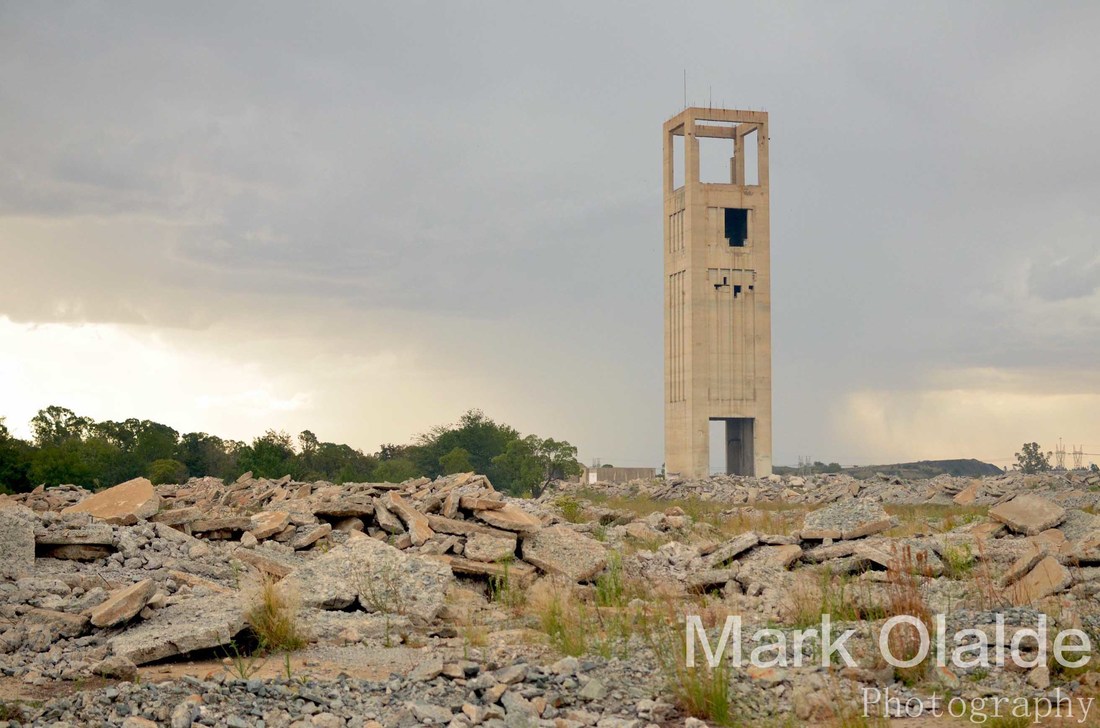
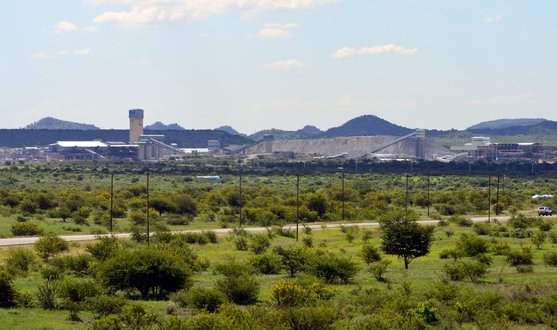
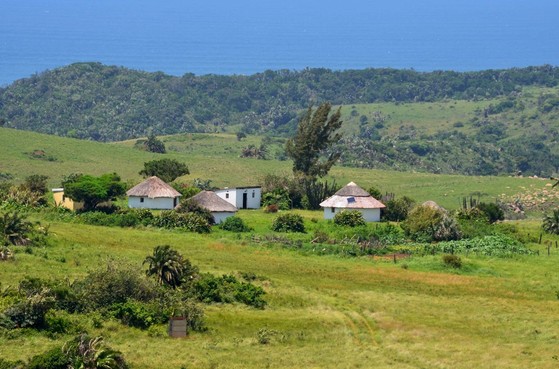
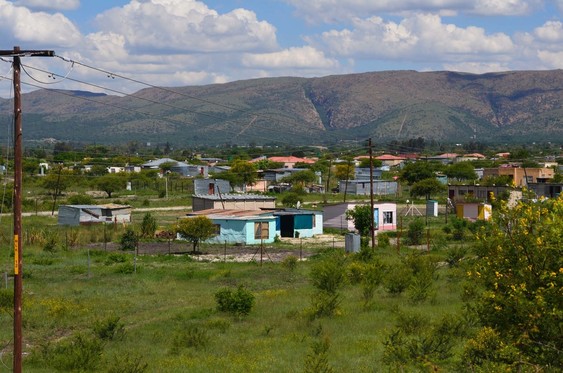
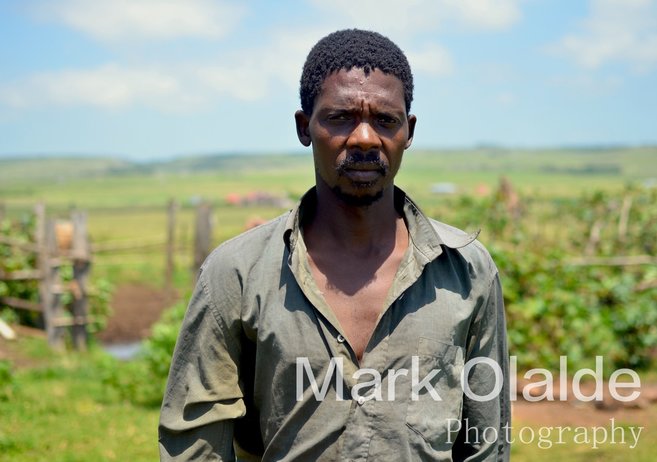
 RSS Feed
RSS Feed
